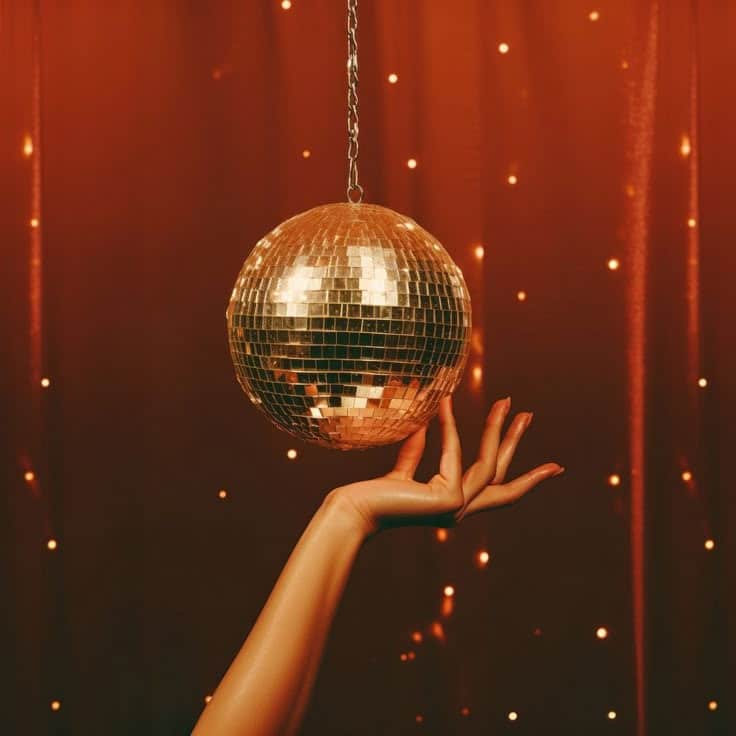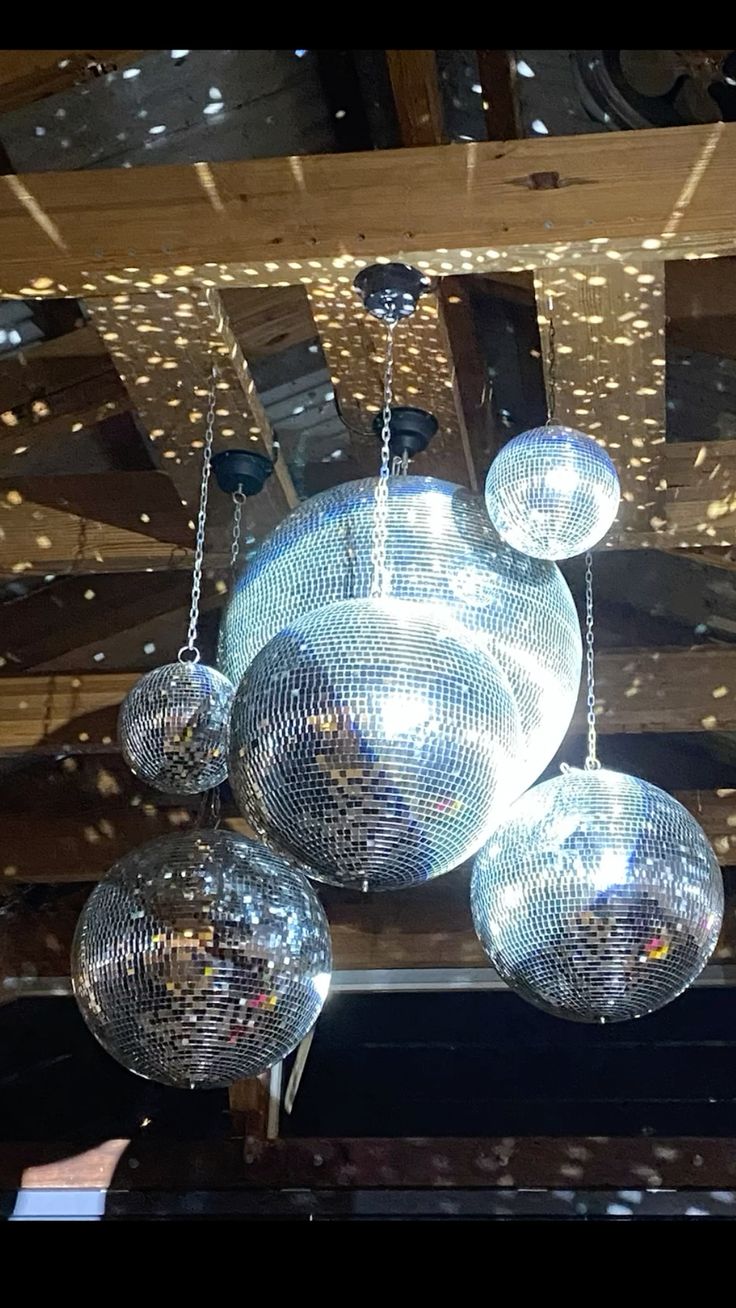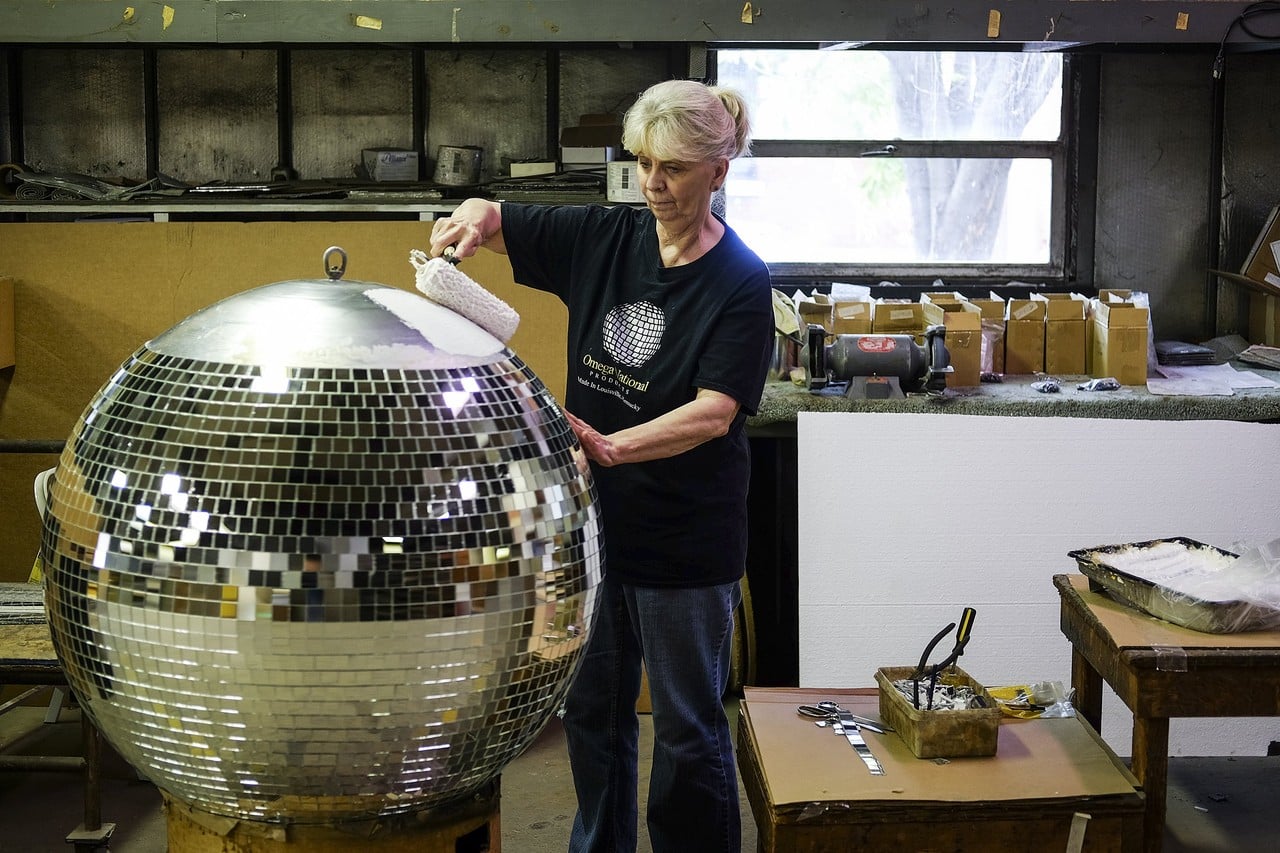How to Synchronize Disco Ball Effects with Music
A disco ball alone creates mesmerizing reflections, but when synced with music, it takes the atmosphere to a whole new level. Whether for a party, wedding, nightclub, or home setup, synchronizing disco ball effects with sound ensures a dynamic, immersive experience.
1. Use Sound-Activated Strobe Lights
Many strobe lights and LED spotlights feature sound-activated modes that flash in sync with the beat. To maximize this effect:
-
Place the strobe light near a speaker so it can detect bass vibrations.
-
Adjust sensitivity settings to match the tempo of the music.
-
Use multiple sound-activated lights for layered effects.
2. Install a DMX Controller for Precise Control
For professional lighting synchronization, use a DMX controller to program and control multiple lights, including:
-
Disco ball motors for speed and rotation control.
-
Strobe lights to match the rhythm of fast or slow beats.
-
Colored LED lights for ambient lighting transitions.
-
Laser lights to enhance movement with synchronized beams.

3. Adjust Disco Ball Motor Speed to the Music
The speed of the disco ball’s rotation influences how reflections move:
-
Slow Rotation → Ideal for slow songs and relaxed vibes.
-
Medium Rotation → Works well for mid-tempo beats and pop music.
-
Fast Rotation → Best for high-energy tracks like EDM and dance anthems.
4. Use Smart Lighting Apps and Software
Modern lighting systems offer Bluetooth and Wi-Fi connectivity, allowing you to sync lights with music via apps like:
-
Philips Hue Sync (for smart LED disco lighting).
-
SoundSwitch (for DJ lighting automation).
-
MadMapper (for advanced music-light integration).
5. Layer Lighting Effects for Maximum Impact
To create a fully immersive experience, combine your disco ball with:
-
Laser lights → For sharp, synchronized beams.
-
LED uplighting → To enhance reflections with color.
-
Fog machines → To make light beams more visible and dramatic.







